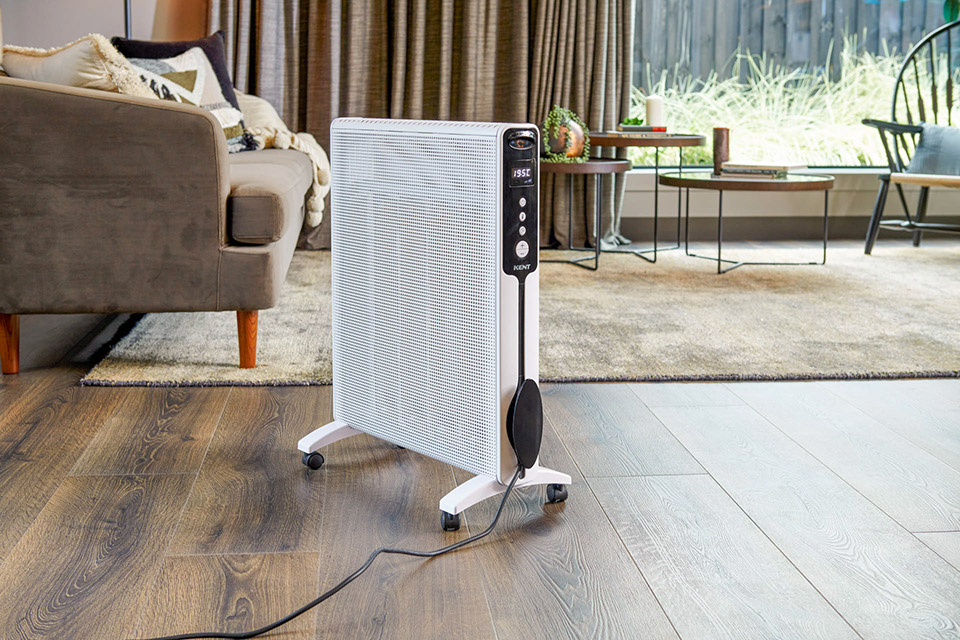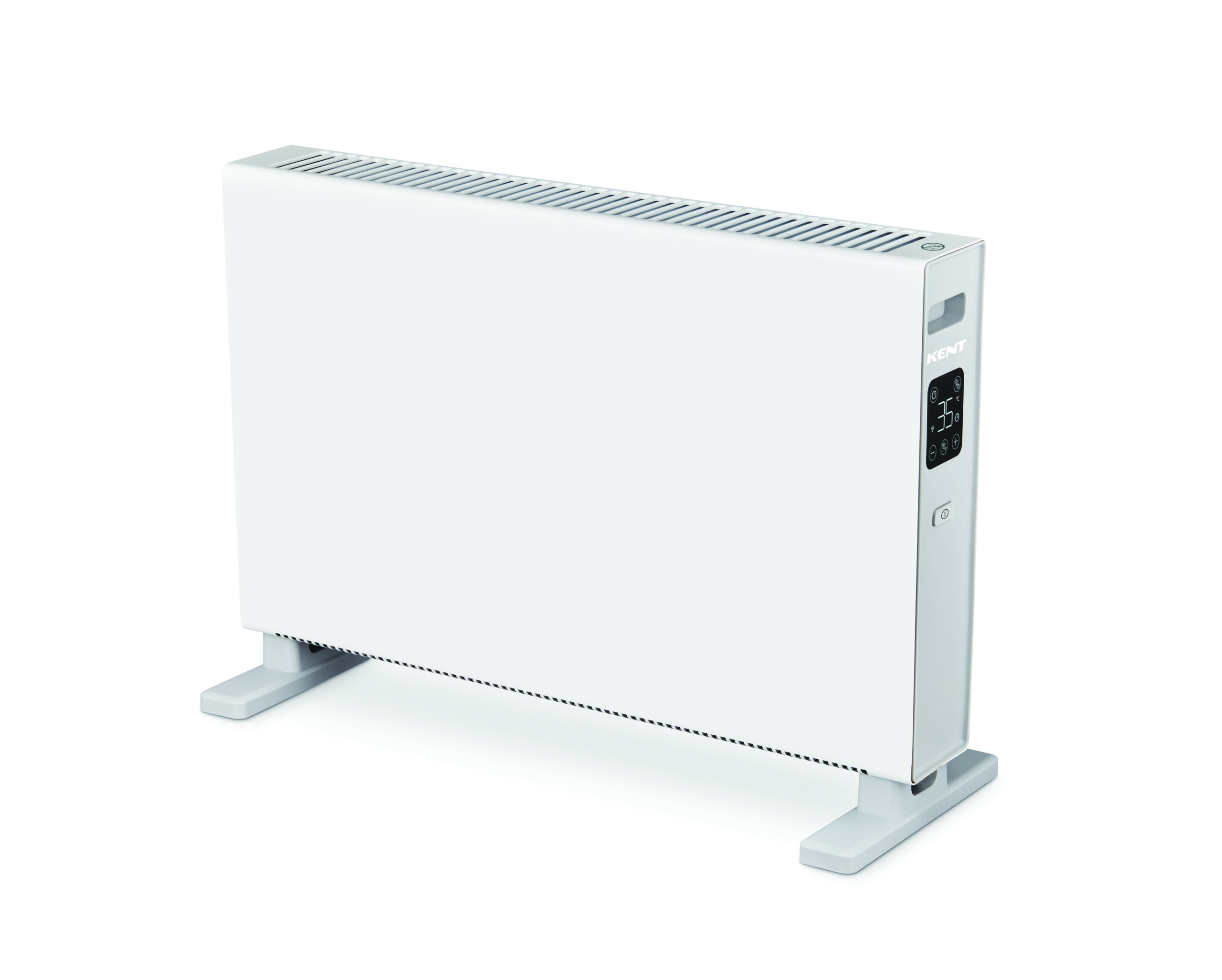COMPARING MICATHERMIC AND CONVECTION HEATERS
When selecting a heater for your home, understanding the differences between various types is crucial to making an informed decision. Two popular options in New Zealand are micathermic heaters and convection heaters. We often get asked what the difference is, so below we explain their operating principles for each heater.
Have a read and with luck you’ll be in a much better position to choose which type of heater to buy for your needs this winter.
MICATHERMIC HEATERS
Micathermic heaters utilise a heating element encased in thin sheets of mica, a natural mineral known for its excellent heat transfer properties. When electricity passes through the heating element, the mica absorbs the heat and emits it in the form of electromagnetic waves, providing both radiant and convective heating. This combination allows for rapid and uniform warming of the surrounding area.
✓ Rapid heating
✓ Silent operation
✓ Energy efficiency
✓ Even heat distribution
CONVECTION HEATERS
Convection heaters operate by warming the air and circulating it throughout the room. They typically feature a heating element that heats the air, which then rises and displaces cooler air, creating a natural circulation pattern. Some convection heaters include fans to heat rooms quicker and there are a huge range of these types of heaters for sale in New Zealand.
✓ Even heating
✓ Variety of models
✓ Quiet operation
KEY THINGS TO CONSIDER:
Choosing between a micathermic and a convection heater depends on your specific heating requirements, room size, and personal preferences. Micathermic heaters excel in providing quick, efficient heat in smaller spaces, while convection heaters offer steady, uniform warmth suitable for maintaining comfort over extended periods. Assessing your home’s heating needs will guide you to the most appropriate choice, and at Kent we have a great range of heaters to choose from, and we’ve been trusted by Kiwis to warm their homes for over 40 years.

Heating speed
Micathermic heaters offer faster heat-up times due to their radiant component, making them suitable for quick warmth. Convection heaters, while providing even heating, may require more time to achieve the desired temperature.

Energy consumption
Both heater types are energy-efficient, but micathermic heaters may have an edge due to their rapid heating capability, potentially leading to shorter operating times.

Safety considerations
Convection heaters, especially oil-filled radiators, often have lower surface temperatures, reducing burn risks. Micathermic heaters’ surfaces can become hot, necessitating caution, particularly in homes with children or pets.

MICATHERMIC HEATERS
Rapid Heating
Micathermic heaters can quickly raise the temperature of a room, making them ideal for spaces where you want to get immediate warmth like bedrooms.
Silent Operation
Without the need for a fan, these heaters operate quietly, ensuring a peaceful environment which can also be good for bedrooms and living areas.
Energy Efficiency
By combining radiant and convective heating, micathermic heaters can effectively warm a space, potentially reducing energy consumption and helping to keep winter power bills lower.
Even Heat Distribution
The dual heating method ensures that both the air and surrounding objects are warmed, leading to a more consistent temperature throughout the room.

CONVECTION HEATERS
Even Heating
Convection heaters provide consistent warmth throughout the room as the heated air circulates.
Variety of Models
Available in various forms, including baseboard heaters, panel heaters, and oil-filled radiators, offering flexibility in design and installation.
Quiet Operation
Models without fans operate silently, suitable for noise-sensitive environments, however bigger units with fans do make low level noise.

